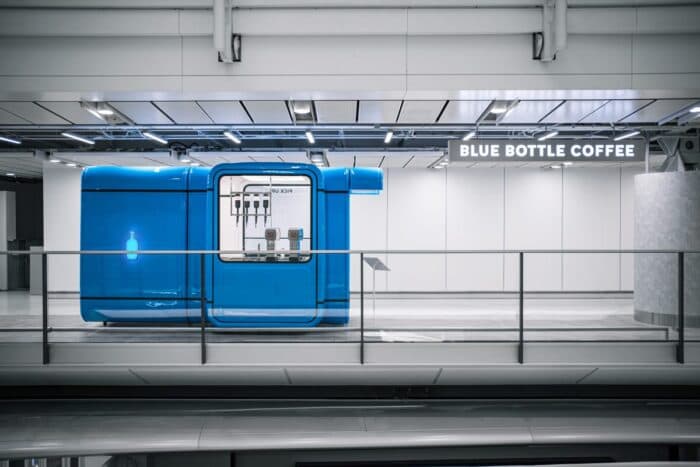Arabica coffee futures declined on Friday, with May arabica (KCK25) dropping 0.17% (-0.65), while March robusta coffee (RMH25) gained 1.26% (+71). The drop in arabica prices was largely driven by a rebound in ICE-monitored arabica inventories, which increased by 3.9% over three sessions to 787,999 bags, recovering from a nine-month low of 758,514 bags recorded earlier in the week.
Meanwhile, robusta coffee inventories have been fluctuating. After reaching a 4.75-month high of 4,603 lots on January 31, robusta stockpiles declined to a 1.75-month low of 4,297 lots by Tuesday before slightly rebounding to 4,322 lots on Friday.
Despite the rising inventories, supply concerns continue to support coffee prices. Brazilian coffee sales are progressing faster than in previous years, with 88% of the 2024/25 harvest already sold as of February 11, surpassing last year’s 79% and the five-year average of 82%. However, sales of the 2025/26 crop remain slow at just 13%, compared to a four-year average of 22%, indicating potential supply constraints ahead.
Further tightening supply, Brazil’s January green coffee exports fell 1.6% year-over-year to 3.98 million bags, according to Cecafé. Additionally, Brazil’s government crop agency Conab has projected a 4.4% year-over-year decline in the country’s 2025/26 coffee production, with an expected output of 51.81 million bags, marking a three-year low. Conab also revised its 2024 production estimate downward by 1.1% to 54.2 million bags, reflecting ongoing concerns over weather conditions.
Weather patterns remain a key factor impacting the global coffee market. Below-average rainfall in Brazil has raised concerns about crop yields, particularly in Minas Gerais, the country’s largest arabica-producing region, which received just 12.4 mm of rain last week, only 20% of the historical average. Brazil is facing its driest conditions since 1981, according to Cemaden, the country’s disaster monitoring agency. Similarly, Colombia, the world’s second-largest arabica producer, is still recovering from last year’s El Niño-driven drought, which significantly impacted yields.
Robusta prices remain supported by tight supply from Vietnam, the world’s largest robusta producer. Vietnam’s 2023/24 coffee production fell by 20% to 1.472 million metric tons, marking the smallest crop in four years due to drought conditions. The USDA Foreign Agricultural Service (FAS) has projected a slight decline in Vietnam’s 2024/25 robusta production to 27.9 million bags, down from 28 million bags in the previous season. Additionally, Vietnam’s coffee exports dropped 17.1% year-over-year to 1.35 million metric tons in early 2024.
On the other hand, increased global exports present a bearish factor for coffee prices. Brazil’s 2024 coffee exports surged by 28.8% year-over-year to a record 50.5 million bags, according to Conab, while Vietnam’s January coffee exports rose 6.3% month-over-month to 134,000 metric tons, reinforcing supply availability. However, global coffee exports declined by 12.4% year-over-year in December, and cumulative exports from October to December fell by 0.8% year-over-year to 32.25 million bags, as reported by the International Coffee Organization (ICO).
The USDA’s latest biannual report delivered a mixed outlook for coffee prices. While world coffee production is expected to rise by 4.0% year-over-year to 174.85 million bags in 2024/25, arabica production is projected to increase by only 1.5% to 97.85 million bags, whereas robusta production is set to grow by 7.5% to 77.01 million bags. Meanwhile, global coffee ending stocks are forecasted to fall by 6.6% to a 25-year low of 20.87 million bags, reflecting ongoing supply constraints.
Looking further ahead, coffee supply concerns persist. Volcafe recently cut its 2025/26 Brazil arabica coffee production estimate to 34.4 million bags, a sharp decline of 11 million bags from its previous forecast. The firm also projects a global arabica coffee deficit of 8.5 million bags for 2025/26, widening from the 5.5 million bag deficit expected in 2024/25. If realized, this would mark the fifth consecutive year of global arabica supply deficits.
With supply constraints and climate-related risks looming, the coffee market remains volatile, with weather conditions in key producing regions expected to play a critical role in shaping future price movements.


